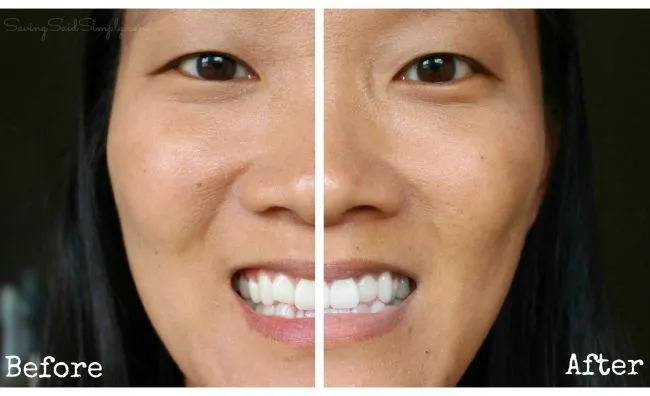Understanding Whitening Toothpaste Effects
Whitening toothpaste is a popular choice for those seeking a brighter smile, but understanding its effects is crucial. Unlike professional whitening treatments, over-the-counter whitening toothpastes typically offer gradual results. They work by removing surface stains and, in some cases, mildly bleaching the enamel. The effectiveness and the time it takes to see noticeable changes vary depending on several factors, including the ingredients used, your oral hygiene habits, and your individual characteristics. Many people are curious about the time frame, wanting to know exactly how long it takes for whitening toothpaste to work. The answer isn’t a simple one, but by understanding the influencing factors, you can set realistic expectations and maximize your results. This article provides a comprehensive guide to help you understand the timeline and get the most out of your whitening toothpaste.
Factors Influencing Whitening Speed
Several factors significantly influence how quickly you’ll see results from whitening toothpaste. These include the type of active ingredients in the toothpaste, how consistently you use it, and your overall oral health. Additionally, lifestyle choices like diet and smoking habits can play a role in both the speed and the extent of whitening. Understanding these factors can help you tailor your expectations and approach to achieve the desired outcome more effectively. It’s important to note that the effectiveness can also vary from person to person because of individual differences in tooth structure and stain resistance.
Toothpaste Ingredients and Their Impact
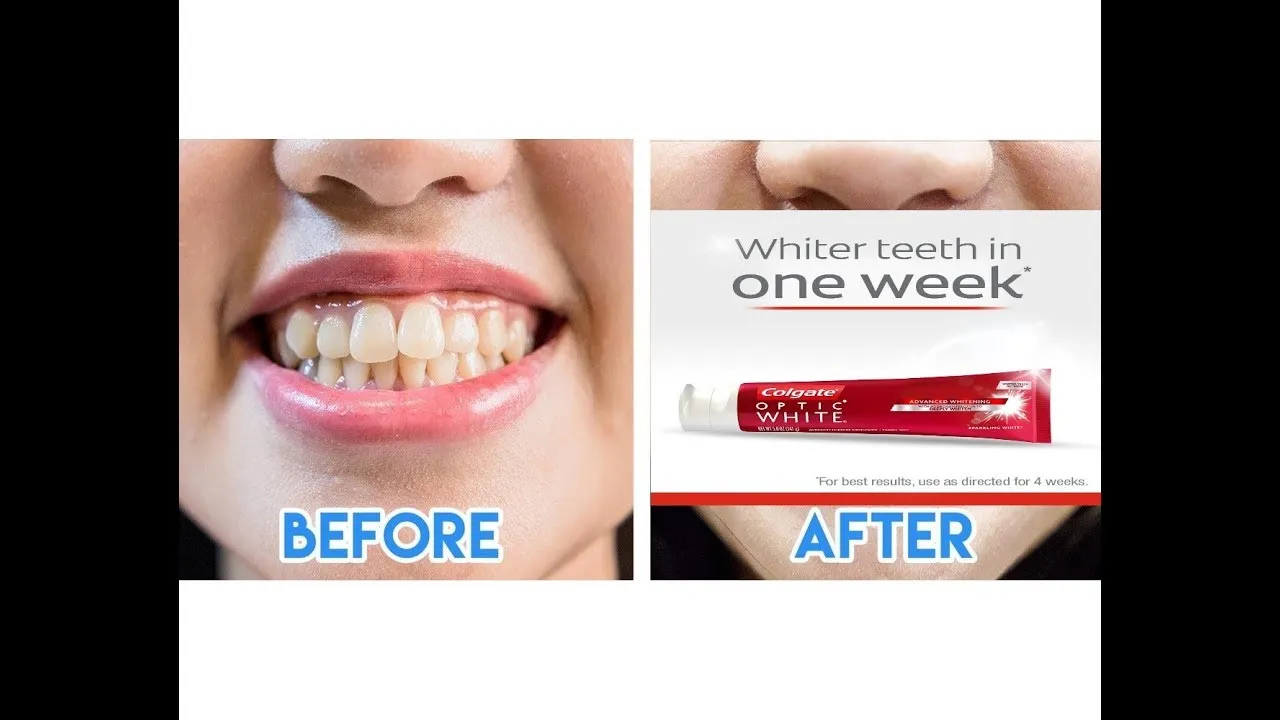
The active ingredients in whitening toothpaste are the key drivers of its effects. The most common ingredients are abrasives and bleaching agents, each working differently to brighten your smile. Abrasives help scrub away surface stains, while bleaching agents, like hydrogen peroxide, can penetrate the enamel to lighten the tooth color. The concentration and type of these ingredients largely determine how fast you’ll see results and the intensity of the whitening effect. Moreover, the formulation of the toothpaste, including the presence of other compounds and additives, can influence its overall efficacy. Selecting a toothpaste with the right combination of ingredients based on your needs is important for achieving the best outcomes.
Hydrogen Peroxide
Hydrogen peroxide is a common bleaching agent found in many whitening toothpastes. It works by oxidizing the stains on your teeth, effectively breaking them down and lightening the overall shade. The concentration of hydrogen peroxide in over-the-counter toothpastes is typically lower than in professional treatments, leading to a more gradual whitening process. With regular use, you can expect to see noticeable improvements over several weeks or months. The effectiveness also depends on the initial shade of your teeth and the types of stains present. Toothpastes containing hydrogen peroxide are often preferred for their effectiveness and ease of use.
Other Whitening Agents
Besides hydrogen peroxide, other agents contribute to the whitening process. Abrasives like hydrated silica or calcium carbonate help remove surface stains caused by food and beverages. These ingredients mechanically scrub the teeth, helping to reveal a brighter surface. Some toothpastes also contain enzymes that break down stains or special chemicals that help prevent new stains from forming. The combination of these ingredients can enhance the whitening effect and contribute to the overall health of your teeth. Selecting a toothpaste with a blend of effective agents is key to achieving optimal results.
Usage Frequency and Results
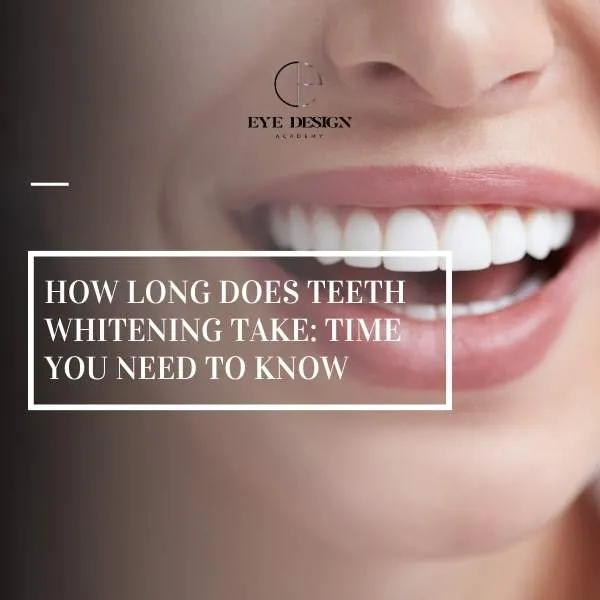
How often you use whitening toothpaste directly impacts how quickly you’ll see results. Consistency is key; the more regularly you brush, the faster the stains will be removed, and the brighter your teeth will appear. Following the recommended brushing schedule is essential for optimal outcomes. Using whitening toothpaste according to the instructions on the product can significantly enhance its effectiveness. Deviating from this schedule, whether by brushing too infrequently or excessively, may reduce or delay the whitening effects. Consistency promotes a brighter, healthier smile.
Twice-Daily Brushing
Brushing your teeth twice a day is typically recommended to maximize the benefits of whitening toothpaste. This frequency helps remove stains more effectively, preventing the buildup of discoloration. Brushing in the morning helps remove overnight stains, while brushing before bed removes stains accumulated during the day. This consistent schedule promotes a cleaner and brighter smile, accelerating the whitening process. Regular brushing also helps remove plaque and prevent other dental issues, contributing to overall oral health. Brushing twice daily is a fundamental aspect of any effective teeth whitening routine.
Application Technique
Proper brushing technique is crucial for whitening toothpaste to work effectively. Use a soft-bristled toothbrush and apply gentle, circular motions to clean all surfaces of your teeth. Ensure you brush for at least two minutes each time, covering every tooth surface thoroughly. Avoid applying too much pressure, as this can damage your enamel and gums. This technique ensures that the whitening agents contact all areas of your teeth, maximizing stain removal and enhancing the whitening effect. Proper technique contributes to better results and protects the health of your teeth and gums. Be sure to reach all areas of your mouth to get the best clean.
Individual Variability
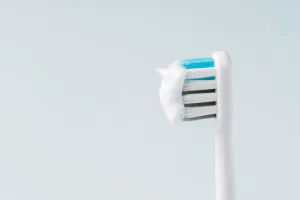
Individual factors play a significant role in how quickly whitening toothpaste works. The natural color of your teeth, the types of stains present, and your overall oral health can all influence the whitening speed. Genetics also play a role; some people may have teeth that are more resistant to staining. It’s essential to recognize that everyone’s experience will be slightly different, and patience is often required. Managing expectations by understanding these personal factors will help you realistically assess the results and adjust your routine accordingly. The speed and extent of whitening can be influenced by these individual factors.
Your Starting Point
The initial shade of your teeth significantly impacts the whitening process. If your teeth are heavily stained, it may take longer to achieve noticeable results than if you have only mild discoloration. People with naturally darker teeth may also find it takes longer to see significant whitening. Setting realistic expectations is crucial; whitening toothpaste is most effective for removing surface stains. Starting with severely stained teeth might require more intensive treatments. Understanding your starting point helps you assess progress and adjust your approach if needed. A clear picture of your baseline is important for gauging the effectiveness of any teeth whitening method.
Dietary Habits
Your diet greatly influences how quickly whitening toothpaste works and how long the effects last. Consuming foods and drinks that cause stains, such as coffee, tea, red wine, and berries, can slow down the whitening process or even reverse it. Limiting these staining substances will help your toothpaste work more effectively and maintain the results. Maintaining a balanced diet and incorporating stain-resistant foods can support your whitening efforts. Being mindful of your dietary habits can maximize the impact of whitening toothpaste and keep your smile brighter.
Dental Health and Sensitivity
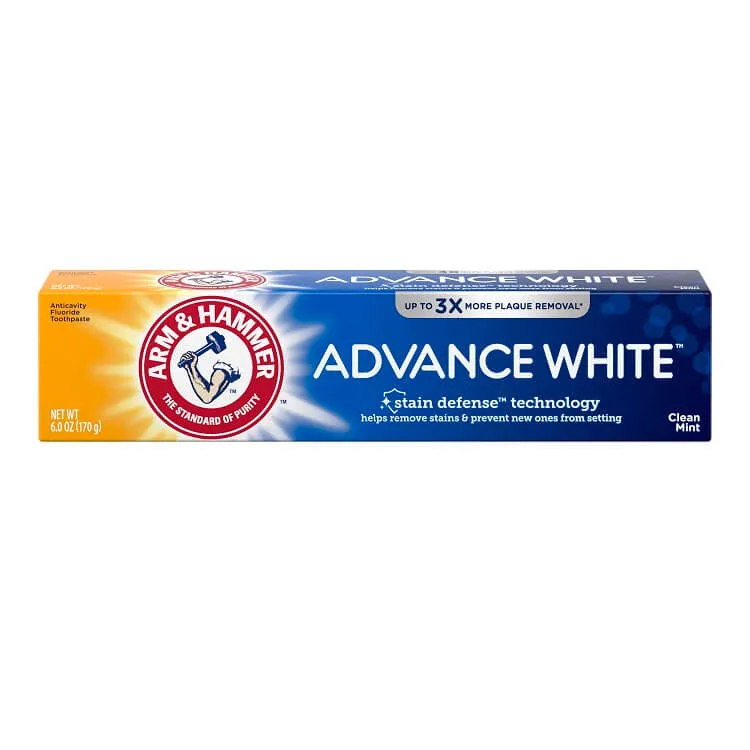
The condition of your dental health influences the effectiveness of whitening toothpaste. Existing dental issues like cavities or gum disease can make your teeth more sensitive, potentially affecting how well the toothpaste works. Additionally, some whitening toothpastes can cause temporary sensitivity in some individuals. Addressing any underlying dental problems and consulting your dentist are essential before beginning a whitening regimen. Maintaining good oral health creates a favorable environment for whitening and minimizes the risk of complications. A healthy mouth will maximize the benefits of your whitening efforts.
Optimizing Your Whitening Routine
Optimizing your routine ensures you get the best results from your whitening toothpaste. This involves choosing the right product, establishing consistent oral hygiene habits, and making informed lifestyle choices. Combine whitening toothpaste with other oral care practices to maximize your efforts. The right combination of products and practices can significantly enhance your results. Integrating these strategies helps in achieving and maintaining a brighter smile effectively. By following a comprehensive approach, you can maximize the effectiveness of your teeth whitening efforts.
Choosing the Right Toothpaste
Selecting the right whitening toothpaste is important. Look for products containing effective ingredients like hydrogen peroxide or abrasive agents, considering your teeth’s sensitivity level. Review product reviews and consult with your dentist to find the best option for your needs. Consider the toothpaste’s flavor and texture to ensure you’ll use it consistently. Choosing a toothpaste that suits your preferences and dental needs will help you stick to your routine and get better results. Proper selection plays a significant role in achieving a brighter smile.
Maintaining Results
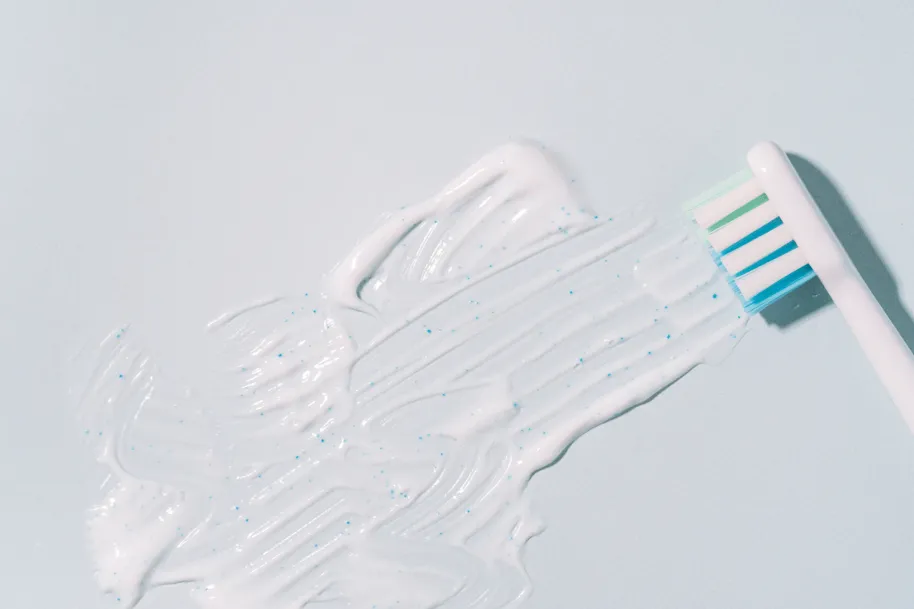
Maintaining the results of whitening toothpaste requires ongoing care and attention. Continue using the toothpaste as directed, while incorporating good oral hygiene habits, such as regular brushing and flossing. Avoid or limit stain-causing foods and drinks, like coffee, tea, and red wine, to prevent new stains. Regular dental checkups and cleanings are also important to help maintain a bright, healthy smile. Consistent care ensures long-lasting results, keeping your teeth looking their best. Sustaining your efforts preserves the brightness and beauty of your teeth.
Seeking Professional Advice
Consulting a dental professional is recommended for achieving the best results and ensuring your oral health. Your dentist can assess your teeth and recommend the most suitable whitening options, including whether whitening toothpaste is sufficient for your needs. They can also provide professional cleanings to remove stains and plaque, which enhances the effectiveness of any whitening treatment. Seeking professional advice helps to identify any underlying dental problems that need attention. A dentist can provide tailored advice, ensuring you achieve a brighter smile safely and effectively. They also offer advanced whitening procedures for faster and more dramatic results.
